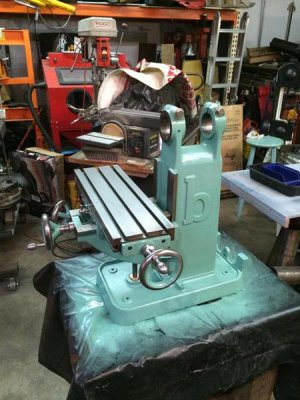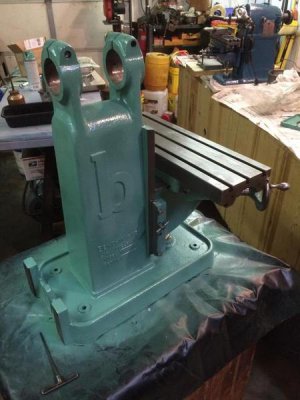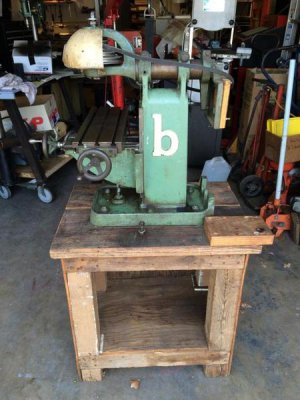- Joined
- Sep 24, 2014
- Messages
- 929
Here's the color I am using - Alpine Green, which is an engine color used on HD diesels. It is pretty close to the original color, though a bit brighter. Kind of an art deco color
On the original, the spindle cover was painted off-white. The "B" on the column was plain white originally. It was obviously brushed on. Now, I'm not going to paint the spindle cover off-white or even white, but I'm not sure what else to use that would look right. Suggestions?
IMHO A nice soft cram color with some dark green pin striping would look great even though you said you did not want to go white.







